Who is behind the pun-filled, often holiday-themed safety messages on Delaware highways?
When I set out to uncover the masterminds behind the clever Delaware highway safety message signs – you know the ones, like, “Come on, Eileen… your speed is obscene” – I imagined a scene from a movie:
A marketing team leans back in chairs around a long conference table, fiddling with pencils and throwing crumpled-up pieces of paper in the air while they just as nonchalantly toss ideas for puns and pop culture references to plaster on Delaware’s digital highway signs.
This isn’t to say that I doubted the demanding and serious work of the Delaware Department of Transportation. But my literary or romantic tendencies had me envisioning a classic brainstorm session with a whole group of people excitedly exchanging ideas.
Instead, the man behind the curtain was just that: One guy. Well, one DelDOT employee based in Smyrna named Scott Neidert and his mighty team of about two or three people.
As a highway safety engineer, Neidert leads several programs revolving around highway safety and collects data on fatalities and crashes in Delaware.
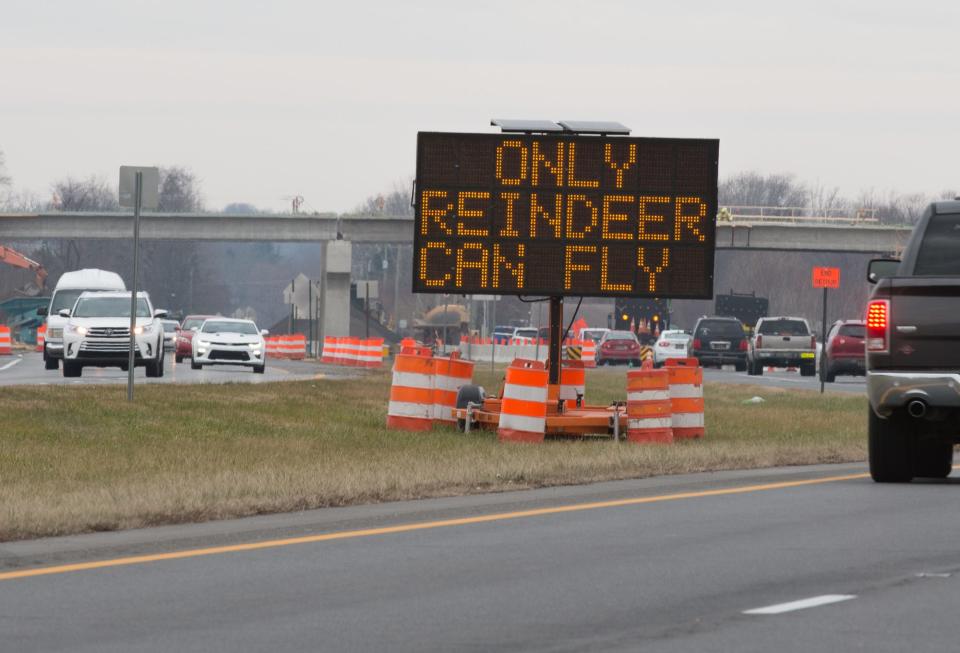
But about five years ago, Neidert was bestowed with a new, yet related, task: Could he help write highway safety messages that would grab the attention of drivers – without, of course, distracting them from the road?
Ever since then, Neidert and his team have created a library of 250 messages to share across Delaware’s major highways, including Delaware Route 1, I-95 and I-495.
(Still curious where each of the about 20 signs are located and what they say? A DelDOT map updates regularly with that information: https://www.deldot.gov/map/#.)
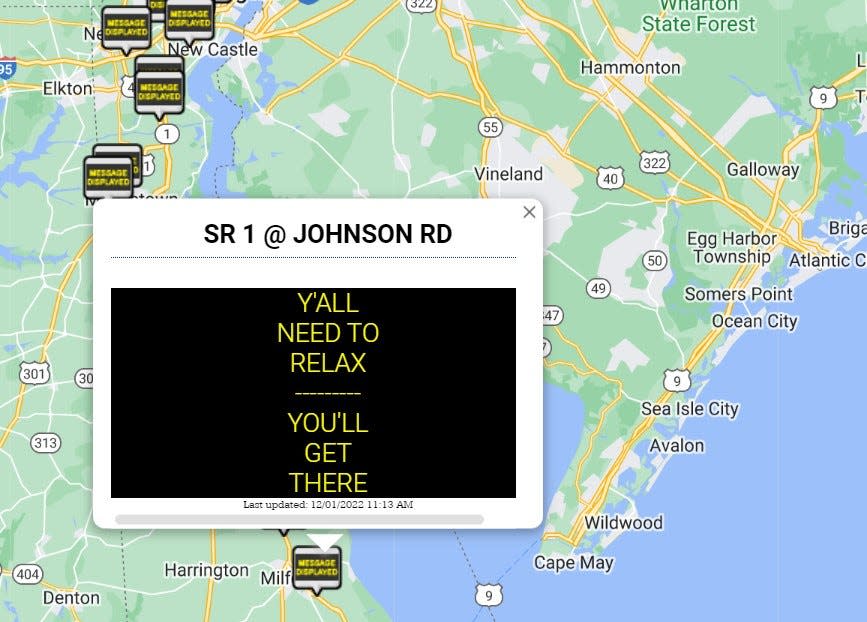
These signs have delighted and sparked conversation among Delaware travelers for years, with the momentum only growing, Neidert said.
But like many of you, we still had some questions about these signs, and – as is our duty as journalists – we couldn’t let them go unanswered. So, here are the facts you didn’t know you needed to know about Delaware highway safety messages:
So, it’s really just one guy in Smyrna?
Pretty much! Neidert often goes back and forth with one or two people on his team, but it’s very informal, he said.
“I always tell people that it’s a very underwhelming and very unexciting process,” he said, “because there is really not a process.”
Typically, it’s about 6:30 p.m. when an idea pops into someone’s head while they’re at home, and they turn to the group chat to discuss.
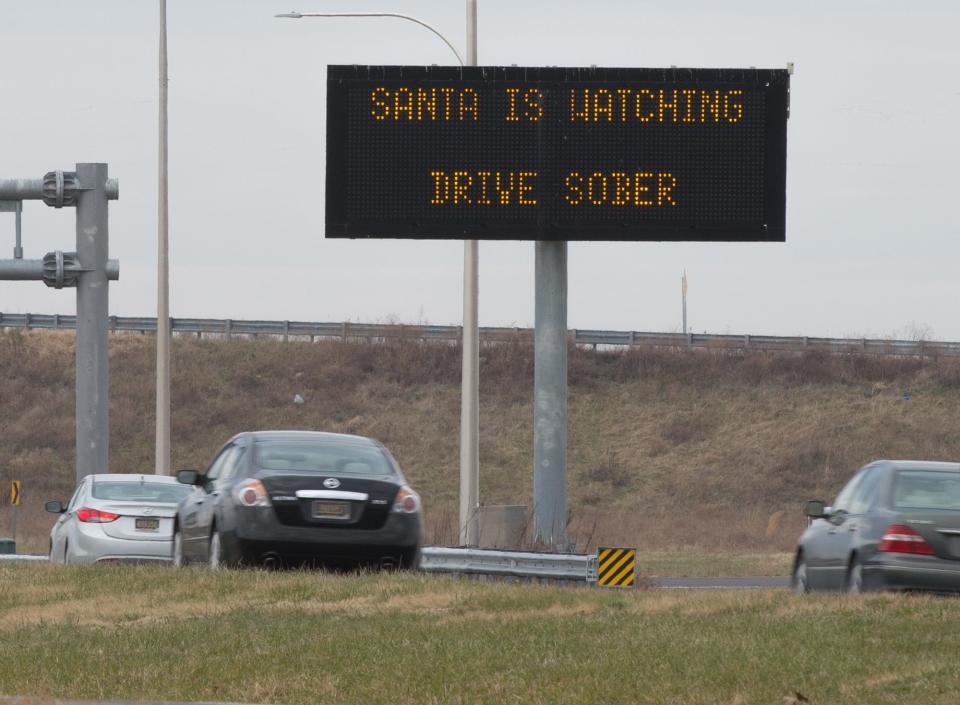
For example, one of his favorites materialized simply because he is a huge Seinfeld fan, something like: “No texting while driving/ No soup for you.” Or, the “Come on Eileen” reference from before? That was simply because Neidert couldn’t get that song out of his head, he said.
About once every couple of months, Neidert collects all of his team’s ideas and sends them to the higher-ups for their “blessing.” Nothing ends up on a sign without a stamp of approval from the secretary and deputy secretary of DelDOT.
Does DelDOT accept suggestions? Because I may have a few …
This question may have had personal motivations – with so many trips up and down Route 1, one is bound to have a pun brainstorming moment, right?
But unfortunately, Neidert said the team just doesn’t have the capacity to accept outside suggestions at this time. The system, or lack thereof, is so informal that he just throws ideas on an Excel spreadsheet and doesn’t stick to any specific deadlines or schedule.
Still, DelDOT does schedule signs around the seasons, such as more school bus or motorcycle safety messages around the time that more buses and bikes are on the road.
SIGN MISHAP:How a Delaware highway exit sign misspelled 'Delaware'
What is the point of these highway signs, and do they actually work?
Ultimately, both Neidert and DelDOT spokesperson C.R. McLeod said these creative messages come down to a simple mission: keeping people safe on Delaware roadways.
“We spend a lot of time and energy on, ‘how do we reach people? And how do we make messages resonate?’" McLeod said. “Because ‘buckle up, slow down,’ can become visual white noise, right?”
Since starting to use witty messages back in 2017 – some of the first ideas even came from former DelDOT Secretary Jennifer Cohan – these messages have become water cooler conversation and chatter among colleagues and friends after trips on Delaware highways. That continued discussion means the effort is working, Neidert said.
HOW IT STARTED:DelDOT's 'clever' messages grabbing motorists' attention
“If we can relate or associate those safety messages with pop culture, sports, movies, TV shows, holidays, what have you, we feel that makes it a little bit easier to understand, easier to remember,” he said.
But don’t just take his word for it. Virginia Tech recently partnered with the Virginia Department of Transportation to evaluate the effectiveness of “non-traditional safety messages,” such as this example from Iowa: “May the 4th be with you, text I will not.”
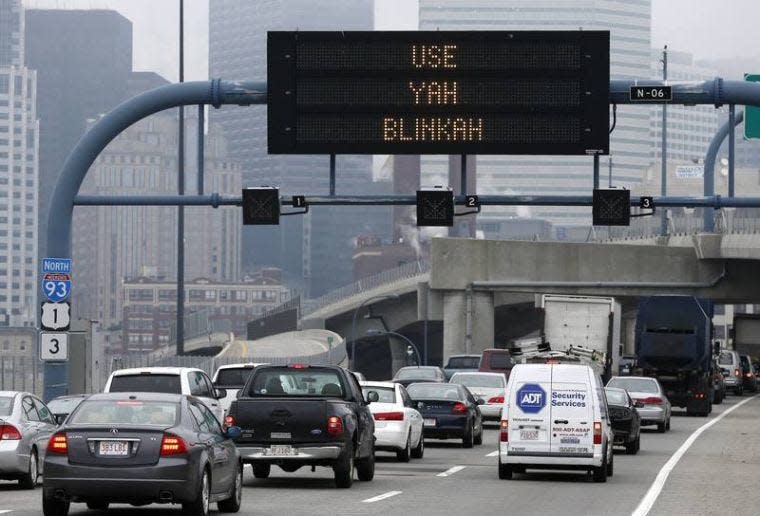
This study found that messages about distracted driving and those that use humor, wordplay and rhyme, result in “significantly higher levels of cognitive activation in the brain.”
For the study, researchers asked 300 people about their perception of 80 different signs, as well as if they remembered what the sign said and its intention. They also used a neuroimaging instrument to measure people’s cognitive response to the signs.
What about New Jersey? Didn’t the state have to remove its signs?
We know Delaware isn’t the only one to extend creative liberties to its highway safety messages. In fact, New Jersey was just in the news after the Federal Highway Administration reportedly asked the state to cease posting its creative safety messages.
McLeod acknowledged that the federal agency does set guidelines for overhead signs in its overarching guide called the Manual on Uniform Traffic Control Devices.
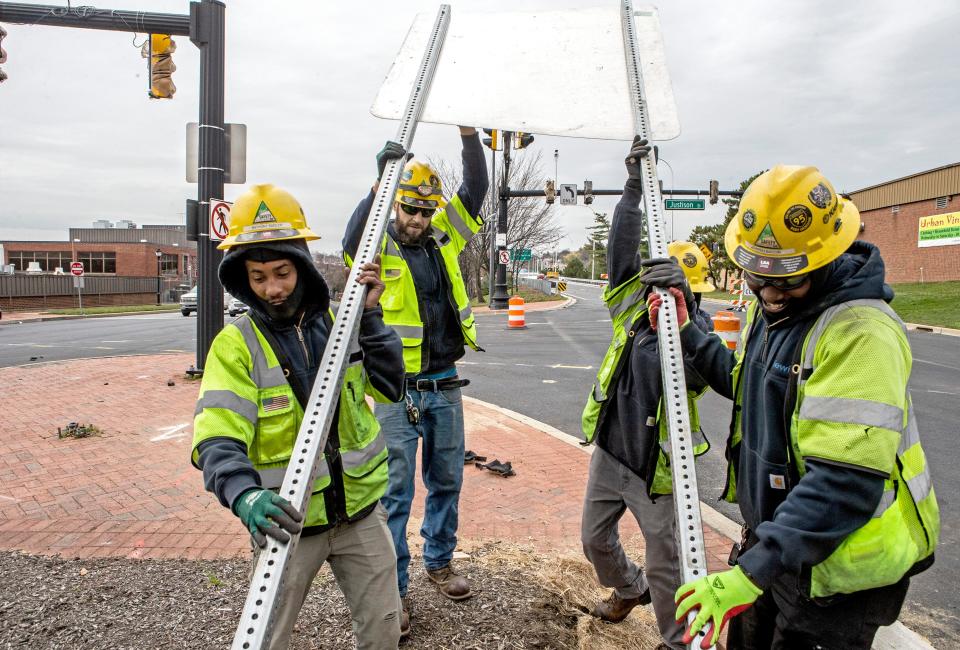
But because each sign in Delaware has a core safety message, McLeod said the state is compliant with this guidance. He also pointed back to the Virginia study that gave evidence of the signs’ effectiveness.
“We don’t find our signs to be any more distracting than billboards, or things like that, that are already out there,” he said. “Again, [we’re] using it as a tool to reach people to reinforce needed safety messages.”
What kinds of guidelines does DelDOT follow for these signs?
While the behind-the-scenes of crafting clever highway signs seems considerably lax and informal, Neidert and his team have some limitations.
One of the most important guidelines goes back to the reason these signs exist: Safety. These more creative messages never take precedence over signs informing drivers of construction zones or other important traffic advisories.
Similarly, these signs can't be so long that drivers spend more time reading them than focusing on the road.
TRAFFIC NEWS:Ready for a multiyear traffic project in the Newark area? It's already started
Neidert said they make sure any message can fit onto two slides. For example, one might read: “You’re not a Christmas tree. Don’t drive lit,” with each sentence fitting onto a single slide.
One could even say these highway engineers must turn into poets because they’re asked to fit a meaningful safety message into a short space – and sometimes even make it rhyme!
Emily Lytle covers Sussex County from the inland towns to the beaches, with a focus on health-related issues. Got a story she should tell? Contact her at elytle@delmarvanow.com or 302-332-0370. Follow her on Twitter at @emily3lytle.
This article originally appeared on Delaware News Journal: Delaware traffic signs: Meet the man making roads safer with his humor

